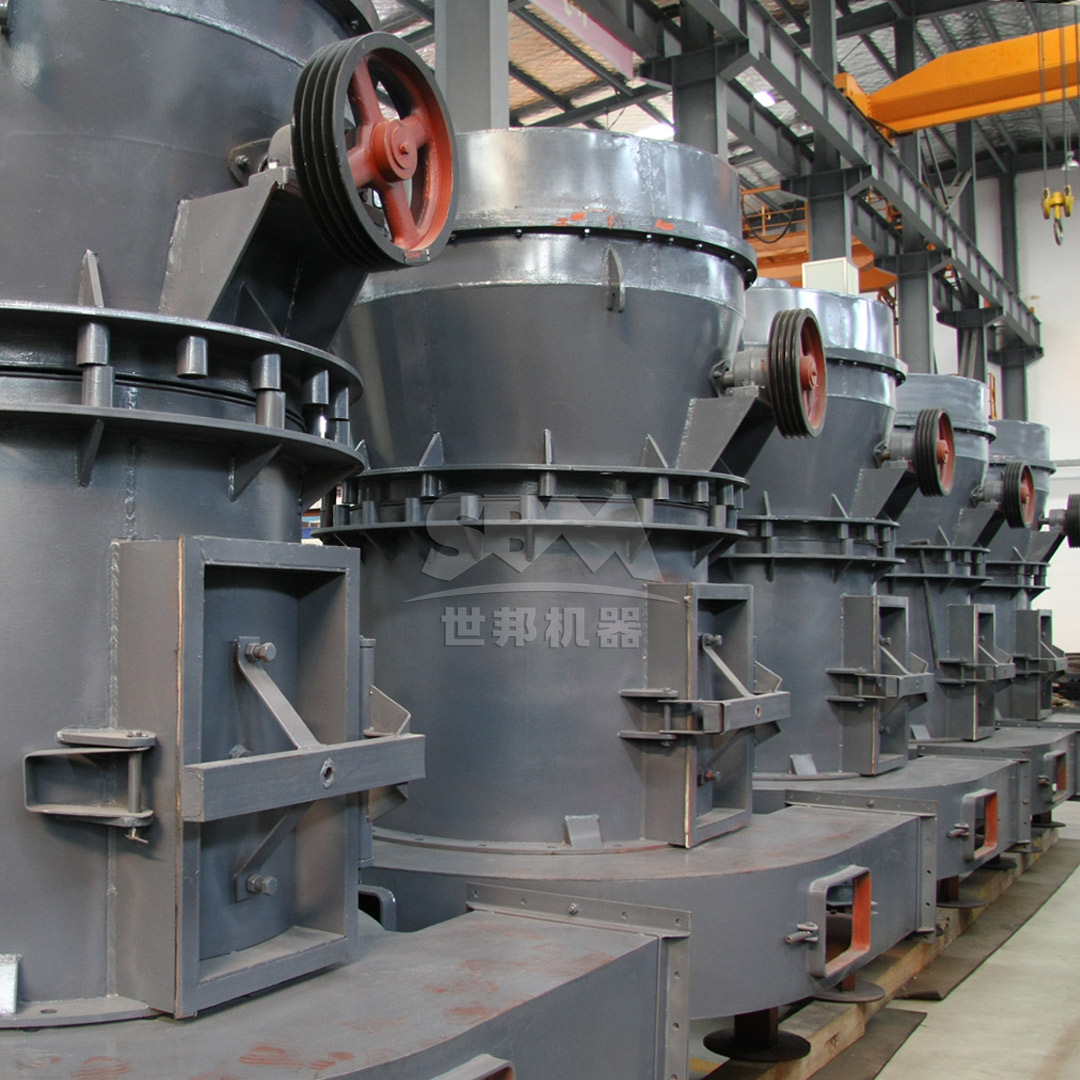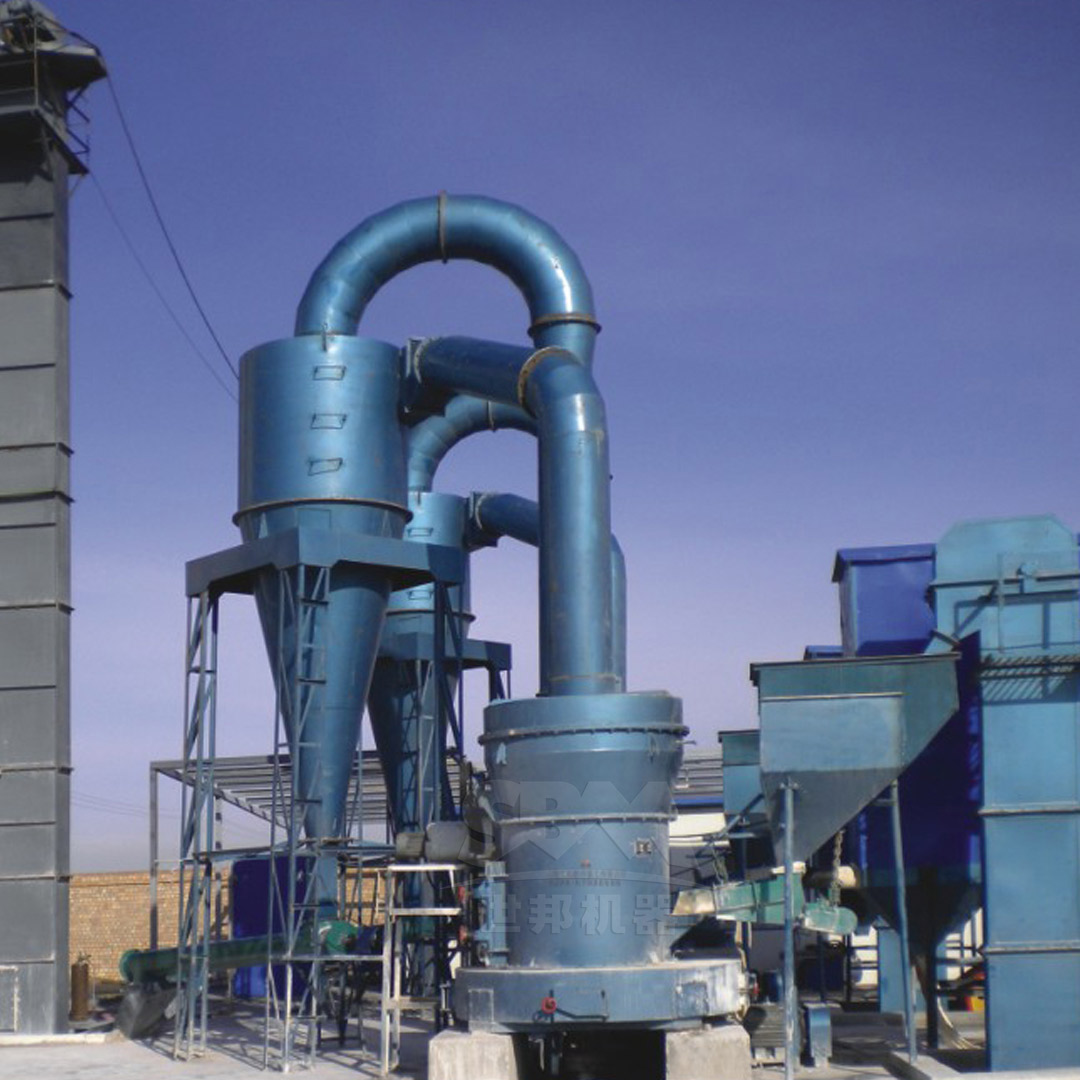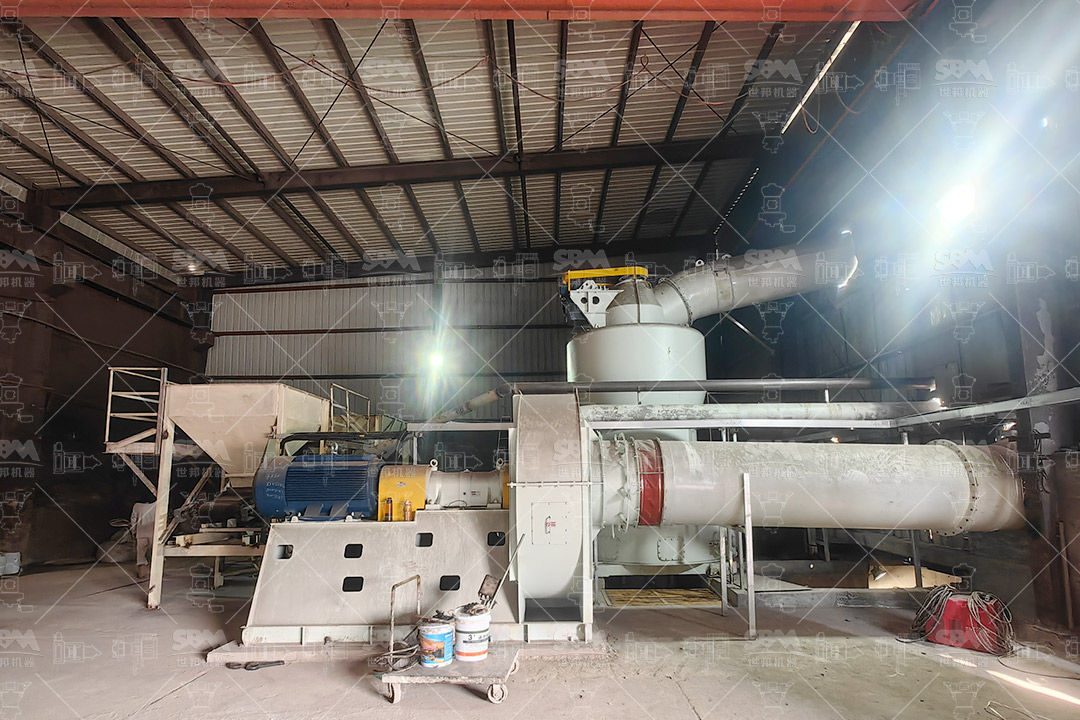The industrial mineral processing sector continuously seeks innovative solutions to enhance efficiency, reduce operational costs, and meet stringent environmental standards. Calcite, a fundamental mineral used across various industries including plastics, paints, and construction, demands precise and efficient grinding technologies. Vertical roller mills (VRMs) have emerged as a pivotal technology in this domain, offering significant advantages over traditional ball mills and other grinding systems. This article explores the critical role of vertical mills in calcite processing, highlighting technological advancements and operational benefits.
Calcite (CaCO3) is one of the most abundant minerals on Earth, valued for its whiteness, brightness, and low abrasiveness. Its applications span from fillers in plastics and rubber to coatings in paper manufacturing. The quality of calcite powder, particularly its fineness and particle size distribution, directly impacts the performance of end-products. Achieving the desired specifications requires advanced milling equipment capable of precise control over the grinding process.
Vertical roller mills offer several distinct advantages that make them ideal for calcite processing:
VRMs consume significantly less energy compared to traditional ball mills. By utilizing a bed compression grinding mechanism, they reduce energy consumption by 30-50%. This is particularly beneficial in large-scale operations where energy costs constitute a major portion of operational expenses.
The integrated classification systems in vertical mills enable precise control over product fineness. This ensures consistent product quality, which is crucial for high-value applications where specific particle size distributions are required.
VRMs integrate multiple functions—crushing, grinding, drying, and classification—into a single unit, reducing the overall footprint by up to 50% compared to conventional systems. This space efficiency is valuable in facilities where real estate is at a premium.
Modern vertical mills are designed with advanced dust collection systems and noise reduction features, ensuring compliance with environmental regulations. Pulse jet bag filters and soundproof enclosures minimize dust emissions and noise pollution.

The evolution of vertical mill technology has introduced several innovative features that enhance performance and reliability:
Advanced VRMs incorporate PLC-based automation systems that monitor and adjust operational parameters in real-time. This ensures optimal performance, reduces manual intervention, and prevents equipment damage.
Critical components such as grinding rollers and tables are manufactured from high-chromium alloys or ceramic composites, extending service life and reducing maintenance frequency.
High-efficiency classifiers, such as vertical turbine classifiers, enable precise separation of fine particles, ensuring uniform product quality and eliminating coarse particle contamination.
Based on extensive research and industry applications, we recommend the following vertical mill models for calcite processing:
For applications requiring ultra-fine calcite powder (325-2500 mesh), the SCM Ultrafine Mill stands out as an exceptional solution. With an output fineness of D97 ≤ 5μm and a capacity range of 0.5-25 tons per hour, this mill combines high precision with remarkable efficiency. Its vertical turbine classifier ensures accurate particle size distribution, while the intelligent control system automatically adjusts operational parameters to maintain consistent product quality. The SCM series is particularly suitable for high-value applications where ultra-fine calcite is essential.
| Model | Processing Capacity (t/h) | Main Motor Power (kW) | Output Fineness (mesh) |
|---|---|---|---|
| SCM800 | 0.5-4.5 | 75 | 325-2500 |
| SCM900 | 0.8-6.5 | 90 | 325-2500 |
| SCM1000 | 1.0-8.5 | 132 | 325-2500 |
| SCM1250 | 2.5-14 | 185 | 325-2500 |
| SCM1680 | 5.0-25 | 315 | 325-2500 |
For large-scale calcite processing operations requiring high capacity and versatility, the LM Series Vertical Roller Mill offers an optimal solution. With a capacity range of 3-250 tons per hour and output fineness from 30-325 mesh (extendable to 600 mesh in special configurations), this mill provides exceptional flexibility. Its集约化设计 (intensive design) integrates multiple functions into a single unit, reducing installation space by 50% and cutting infrastructure costs by 40%. The磨辊与磨盘非接触设计 (non-contact design between grinding rollers and table) extends wear part life by up to three times, while the expert automatic control system enables remote operation and real-time monitoring.

Successful implementation of vertical mills for calcite processing requires attention to several operational factors:
The moisture content, hardness, and feed size of calcite significantly impact mill performance. Optimal operation typically requires feed material with moisture content below 10% and feed size below 20mm for ultra-fine grinding applications.
Proactive maintenance of wear parts, particularly grinding rollers and tables, is essential for maintaining consistent performance. Modern VRMs feature modular designs that facilitate quick replacement of critical components, minimizing downtime.
Proper integration with auxiliary equipment—including feeders, classifiers, and dust collection systems—ensures optimal system performance. Advanced control systems coordinate these components to maintain stable operation across varying conditions.
The adoption of advanced vertical mills for calcite processing delivers substantial environmental and economic advantages:
By consuming 30-50% less energy than traditional grinding systems, VRMs significantly reduce greenhouse gas emissions associated with power generation.
Precise particle size control minimizes the production of off-spec material, reducing waste and maximizing resource utilization.
While the initial investment in vertical mill technology may be higher than conventional systems, the combination of energy savings, reduced maintenance costs, and higher productivity results in a lower total cost of ownership over the equipment lifecycle.

The future of calcite processing will likely see further advancements in vertical mill technology, including:
The integration of Internet of Things (IoT) technologies will enable predictive maintenance, real-time optimization, and remote operation of grinding systems.
Development of new composite materials for wear parts will further extend component life and reduce maintenance requirements.
Integration with renewable energy sources and energy storage systems will enhance the sustainability of mineral processing operations.
Vertical roller mills represent a transformative technology in calcite processing, offering unparalleled efficiency, precision, and environmental performance. The SCM Ultrafine Mill and LM Series Vertical Roller Mill stand out as particularly effective solutions for different application requirements. As the industry continues to evolve, these technologies will play an increasingly important role in enabling sustainable and cost-effective mineral processing operations. By embracing these advanced milling solutions, producers can enhance their competitive position while meeting the growing demands for high-quality calcite products across diverse industrial sectors.